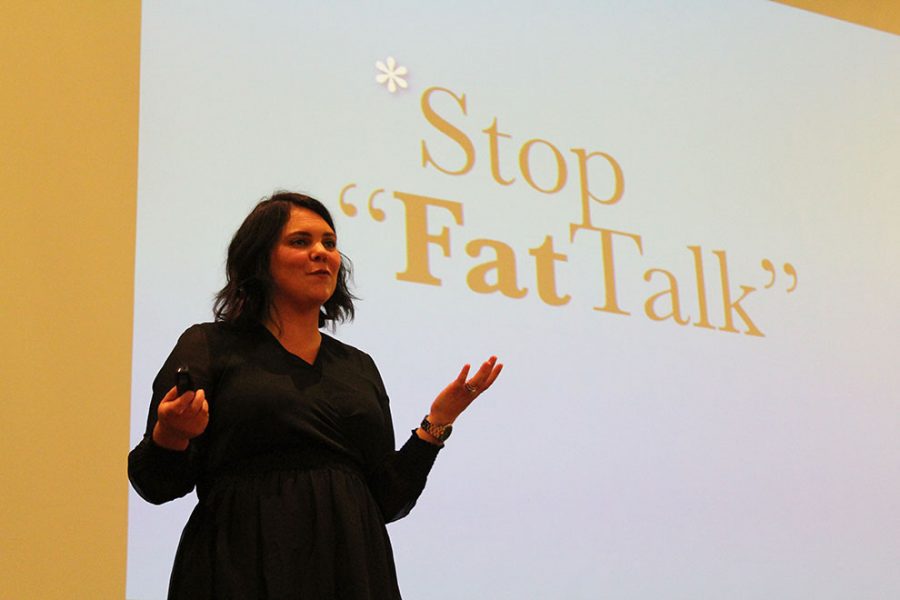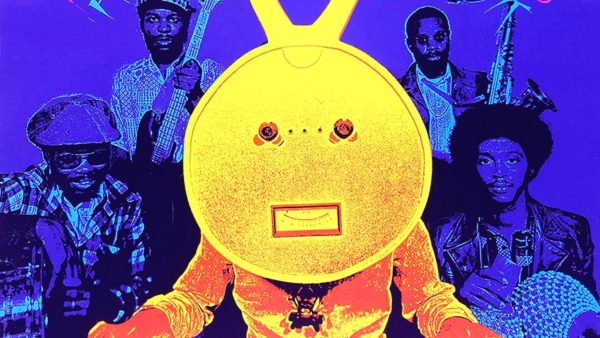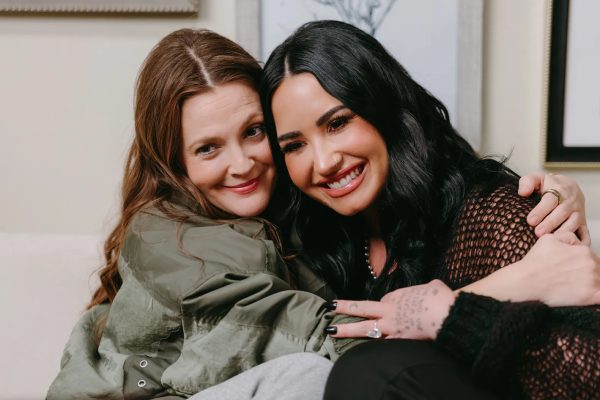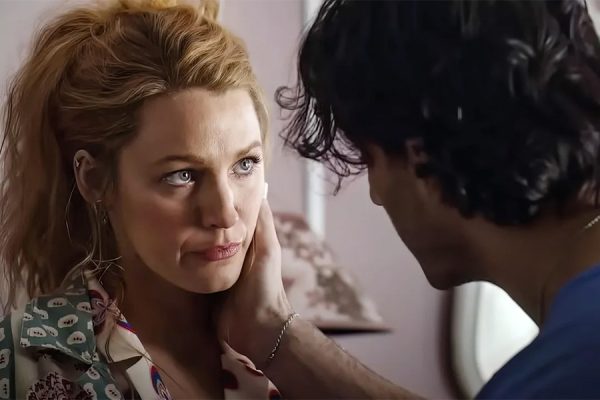Former Dove model challenges women to redefine beauty
Original Dove Model, Stacy Nadeau, gives a presentation over women’s empowerment and body image at Baldwin High School on Oct. 25. The women of Delta Delta Delta sorority hosted the event in honor of their Body Image 3D Week.
Showing up to a photo shoot in her underwear was initially a nightmare for body-image enthusiast Stacy Nadeau, but once she became one of the six faces of Dove’s Real Beauty campaign in 2005, her life and purpose changed forever. She spoke to a group of young women about her journey at Baldwin High School in honor of Delta Delta Delta’s TriHealthy Body Image 3D Week.
After leaving her part-time job during her sophomore year at DePaul University in Chicago, Nadeau was approached by a talent agent who offered her a modeling audition because of her curves.
At first, she turned down the offer, but when her friend scheduled the audition behind her back, she soon realized she had no choice but to show up, and in her underwear no less.
“[That] next Tuesday at three o’clock I show up in my double-layered brand new white underwear,” Nadeau said.
Six months later, she would be one of the six Dove girls and be featured in a worldwide Dove campaign.
After two 12 and half hour photo shoots, 3,000 photos had been taken and only eight were used in the campaign.
She didn’t realize how much those hours would really count and the impact she would make until the Dove team admitted that no one in the history of advertising had ever covered numerous markets with untouched images of women ranging in sizes 2 to 12.
With such a controversial approach to a beauty campaign, the team told the ladies to prepare for the good and the bad in terms of the media response.
“Not the first thing you want to hear after you just took 3,000 pictures in your underwear,” she said.
But they all made a pact that if they could influence one woman to focus on her overall health “instead of the numbers that surround her body,” then the process would be worth it.
While waiting another six months, Dove created a survey asking women simple questions such as “Do you feel comfortable calling yourself beautiful?” Only two percent of women responded yes, and when Dove did the survey again in 2014, there was only a two percent increase.
“Ninety-six percent of women do not feel comfortable with their body, do not feel comfortable calling themselves beautiful,” Nadeau said. “And when asked more questions, ninety-six percent of participants said that they would at least change one part of their body.”
Although the response seemed shocking, taking into consideration the lack of media representation of average women and overrepresentation of above-average women, it’s easy to believe that many women feel insecure about themselves.
Senior Nia Madison believes that when only one side of beauty is represented, it discourages those who don’t fall into that “category.”
In seventh grade, Nadeau wanted to fit in, but clothing in stores, like Limited Too or Justice, wouldn’t fit and not seeing similar images of herself in those clothing ads caused Nadeau to blame herself.
“Seventh grade I now lovingly refer to as ‘the year of the thighs.’ The year I learned to hate my body. It was the year I cried every single morning about how big my thighs were, about how much I had gained in my butt and in my thighs,” she said.
Today she’s learned to appreciate her body and focus on her health and nutrition while taking moments to splurge and get a side of fries with her salad.
“My best healthy self is when my mental health and my physical health meet in the middle,” Nadeau said. “My own best healthy self is one that I know very strongly what it looks and feels like for me. I don’t have to compare myself to anyone else.”
She was able to test her confidence after her first television appearance on the “Today Show” to promote the campaign, and she realized how many conversations the campaign created on body image and health.
During the launch party for the Real Beauty Campaign, a woman thanked Nadeau and said, “That picture that you just unveiled today is the reason that my daughter is alive.”
Once Nadeau heard the woman’s story of her daughter’s struggle with anorexia, she realized the campaign could help change lives, and her passion for the campaign and cause shifted.
“My entire life, career and campaign changed forever,” she said. “This campaign became about changing lives, possibly saving one, [and] encouraging women to feel and remember their worth.”
Nadeau and the other five women in the Dove campaign were proud of their work.
“All I can tell you is that it is a very surreal moment. You have no idea what to do so you stand there and keep snapping photos,” she said.
The media responses the Dove team warned the women about became a reality after a journalist from the Chicago Sun-Times newspaper called the women “fat, ugly and unattractive,” and insisted that “nobody wants to look at the reality, everybody wants to look at the fantasy.”
He also personally attacked Nadeau in his article, but days later issued an apology to all six women and women around the world. This initiated more discussion and gained momentum for the women as their images continued to spread.
Nadeau encourages women to continue pushing the limits of how beauty is portrayed in the media and warns against falling into the trap of filters and unrealistic media images.
She was able to create that reality when she modeled as a size 12 on the cover of Cosmopolitan magazine in 2014, which was the first time anyone over a size two had been on the cover with zero retouching.
Senior Javeion Gray believes the cover was powerful in showing a different perspective of what beauty means.
“The media has the world thinking that you have to be skinny to look good, but it’s really about being confident regardless,” Gray said.
Nadeau urges women to build confidence every day and be a friend to others who need support with their body image as well.
“It is time to build each other up,” she said. “We start owning our health. We take back that confidence and power, and then we start to demand that from the media.”







